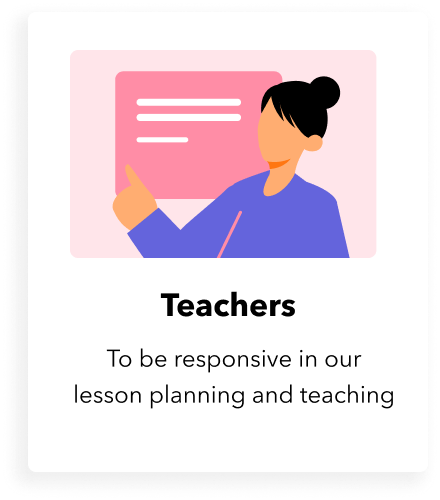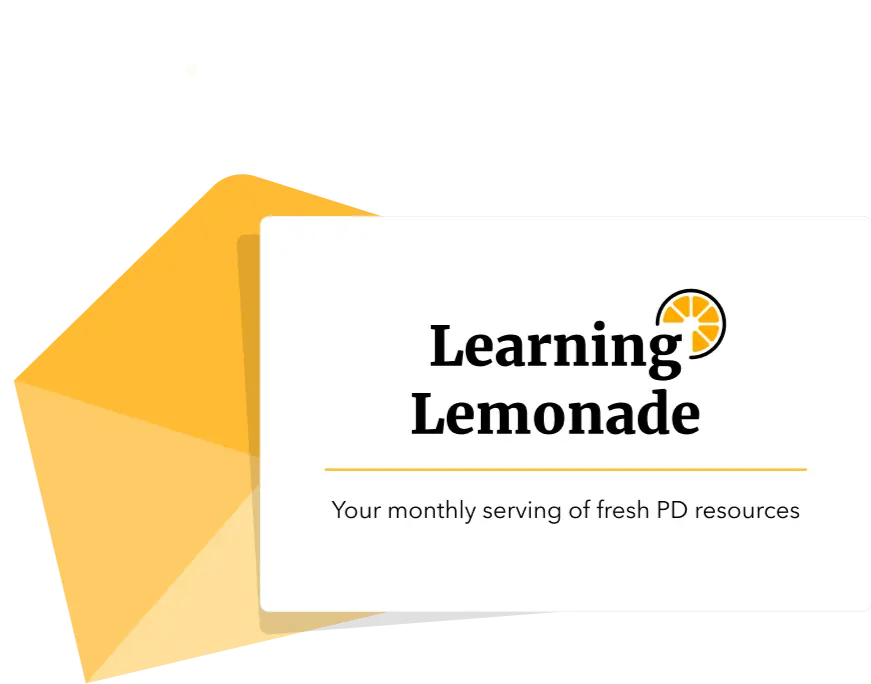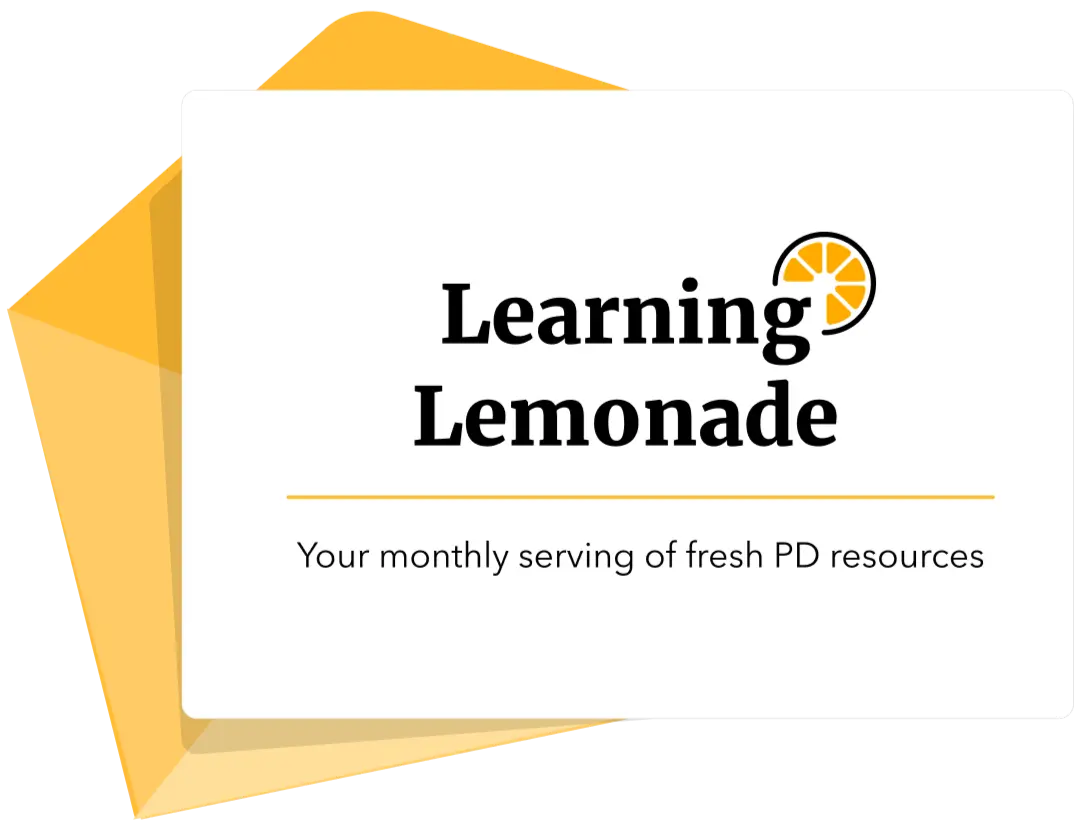Why Do We Assess in the IB PYP Classroom
Assessment can take many forms. From informal check-ins to mandated state or national tests, each assessment plays a unique role in the ecosystem of a PYP classroom. So, why do we assess?
In IB’s From Principles to Practice guide, the key function of assessment is to inform teaching and learning, but what does that look like for the various stakeholders in our learning community?
Click on the cards to read more!
For you, the teacher, assessment is the data that drives all of the decisions you make in your classroom. The evidence you collect provides a comprehensive picture of where your students stand in relation to the goals you have set. Through this data, you can establish what students know, understand, and can do and use that information to design a path forward for the learning. Assessments help you answer the questions of -
- What are the student’s current understandings and skills?
- What are the student’s needs and challenges?
- What is the student interested in?
- What teaching strategies and classroom approaches are effective?
- What direction should we go in next to support student understanding?
As partners in the learning process, students use the data from assessments as clues for the next steps in their learning. They work alongside their teachers to recognize grade-level success criteria, develop a plan for learning, and adjust their learning pathway along the way to meet their goals. They reflect and monitor how both their level of achievement and thinking have grown through their experiences in and outside of the classroom. Assessments help students answer the questions of -
- Where am I right now in terms of my knowledge, understanding, and skills?
- Where am I going?
- How can I close the gap?
Through different forms of assessment, we give parents a window into their child’s learning journey. When parents are empowered with this knowledge they can become partners in their child’s education and bridge the school-home gap. They can help children set their goals, continue learning at home, support self-assessment and self-reflection, and be a sounding board. Assessments help parents answer the questions of -
- What are my child’s areas of strengths?
- What are my child’s areas of growth?
- What are my child’s areas of interest?
- How can I help support my child’s learning journey at home?
Assessment data can be a great starting point for discussions between teachers and administrators. It provides teachers with the evidence they need to advocate for meaningful and relevant resources, support, and training. This data can also be used to recognize patterns and set school-wide goals that address needs. Assessments help school leaders answer the questions of -
- Are our teaching and learning approaches working?
- How are our students performing compared to national and state averages?
- Are our students learning relevant skills and conceptual understandings?
- How can we support our teachers better?
Assessment is the output of the learning process. When the learning community is aligned on the “why” of assessment, it leads to clarity in goal-setting and designing instruction. Once the “why” is known, educators can move to the more actionable pieces of “what to assess” and “how to assess”. In the next section of this guide, we will explore the development of clear success criteria in a PYP classroom. Continue reading and learning with the next resource on what we assess in the PYP.

Toddle
Toddle
Toddle is the world’s first AI-powered teaching and learning platform built for teachers by teachers and tailor-made for progressive schools. Going beyond a typical LMS, Toddle streamlines all aspects of teaching & learning — from curriculum planning and assessments to progress reports and communication. More than 2,000 schools across the world trust Toddle to help teachers reclaim valuable time so they can focus on what matters most — teaching.
Disclaimer - This resource has been produced independently of and not endorsed by the IB. Toddle’s resources seek to encourage sharing of perspectives and innovative ideas for classroom teaching & learning. They are not intended to be replacements for official IB guides and publications. Views and opinions expressed by the authors of these resources are personal and should not be construed as official guidance by the IB. Please seek assistance from your school’s IB coordinator and/or refer to official IB documents before implementing ideas and strategies shared within these resources in your classroom.
















